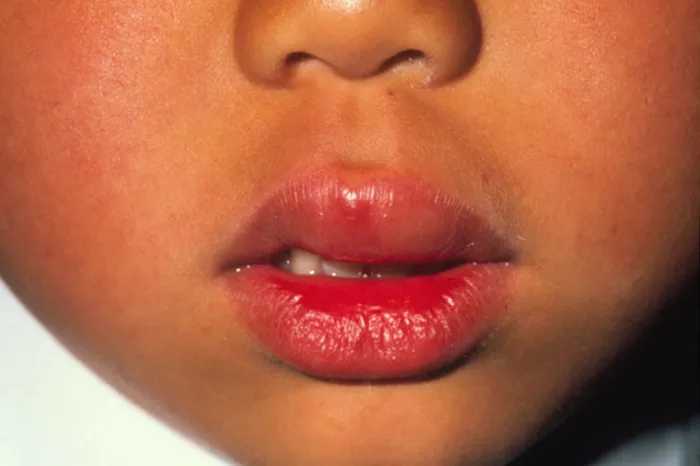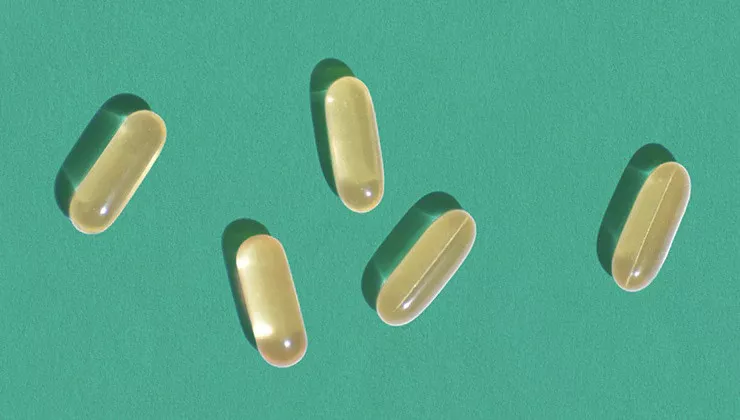Wildlife officials in Washington are approaching a decision on permanent regulations aimed at limiting the spread of chronic wasting disease (CWD), with proposed statewide bans on feeding wildlife and using bait to hunt deer, elk, and moose.
The Washington Department of Fish and Wildlife (WDFW) has received input from hundreds of residents statewide regarding the proposed rules, including feedback from a public hearing held Tuesday. While some proposals, such as expanded carcass transport restrictions and mandatory testing for hunter-killed and salvaged elk, deer, and moose, have garnered little controversy, the proposed bans on baiting and feeding wildlife have sparked significant debate.
Opponents of the bans have voiced strong objections, arguing that prohibiting baiting is an attack on hunters. However, supporters of the rules contend that the bans are necessary to prevent artificial concentrations of wildlife, which could exacerbate the spread of CWD.
At Tuesday’s virtual hearing, all three public commenters expressed support for the bans. John Andrews, a lifelong hunter, emphasized that the bans are not an attack on hunting but a necessary step to protect Washington’s deer, elk, and moose populations. “This is a small sacrifice to keep our populations healthy,” Andrews said.
The public comment period for the proposed rules ends on Friday, with WDFW Director Kelly Susewind expected to issue a final decision later this month. The decision will shape Washington’s long-term approach to combating CWD, which was first detected in the state in 2024. The disease has now been identified in 36 states across the U.S.
CWD is a fatal neurological disease caused by prions, misfolded proteins that attack the nervous system of infected animals. It is highly contagious and can spread through bodily fluids, remaining viable in the environment for extended periods. While there is no known risk to humans, health officials advise against consuming meat from CWD-infected animals. The disease poses a significant risk to wildlife populations, particularly among elk, deer, moose, and caribou.
Melia DeVivo, a WDFW research biologist, stressed the importance of addressing CWD during Tuesday’s hearing, noting that the disease is “the most important threat to North American cervids.” She explained that CWD is especially damaging because infected animals do not develop an immune response, making the disease particularly difficult to manage once it becomes widespread.
Washington’s first confirmed case of CWD was detected in a white-tailed deer in the Fairwood area of Spokane County in July 2024. In response, WDFW implemented mandatory testing for hunter-killed and salvaged deer in three game management units surrounding the initial detection site. Additional cases were found, leading to further testing efforts in the region, including a confirmed case in Pend Oreille County.
To address the growing threat of CWD, WDFW implemented a series of temporary regulations, including restrictions on carcass transport and bans on baiting and feeding wildlife in localized areas. With these temporary rules set to expire, the agency has proposed permanent regulations that would make the transport restrictions and expanded testing requirements permanent. The proposed regulations would also apply to any region in the state that detects a case of CWD.
While most of the rules have been met with little opposition, the proposed bans on baiting and feeding wildlife have stirred considerable controversy. The baiting ban targets hunters who use food to attract deer and elk, while the feeding ban applies to individuals who place food in their yards to observe wildlife.
Supporters of the bans argue that reducing the concentration of animals through baiting and feeding is critical to limiting the spread of CWD. WDFW’s Kyle Garrison, who manages the agency’s ungulate section, explained that banning these practices could help limit outbreaks of CWD in areas where the disease has not yet been detected. “Mitigating high-risk transmission practices like baiting reduces infection and transmission where the disease is present but undetected,” Garrison said.
Despite the concerns of some hunters, including those with disabilities or in areas where hunting presents safety challenges, WDFW has emphasized that the science supports the need for the bans. In many states, including Idaho, Montana, and Wyoming, hunting over bait is already illegal.
Opponents have argued that eliminating baiting will hinder hunter success and may not significantly contribute to the spread of CWD. Some have also called for WDFW to end its own wildlife feeding program, which would be exempt from the proposed bans.
However, many proponents, like Pasco-based hunter Rocky Ross, assert that the science is clear: reducing artificial concentrations of animals will help slow the spread of CWD and provide a better chance for the state to control the disease. “The science is clear, and no one can really argue that fact,” Ross said during Tuesday’s hearing.
As WDFW prepares to make its final decision, the debate over these proposed rules highlights the ongoing challenge of balancing wildlife conservation with the interests of hunters and the broader public.
Related Topics


































